Dark arts: an Austrian jeweller’s alchemical approach
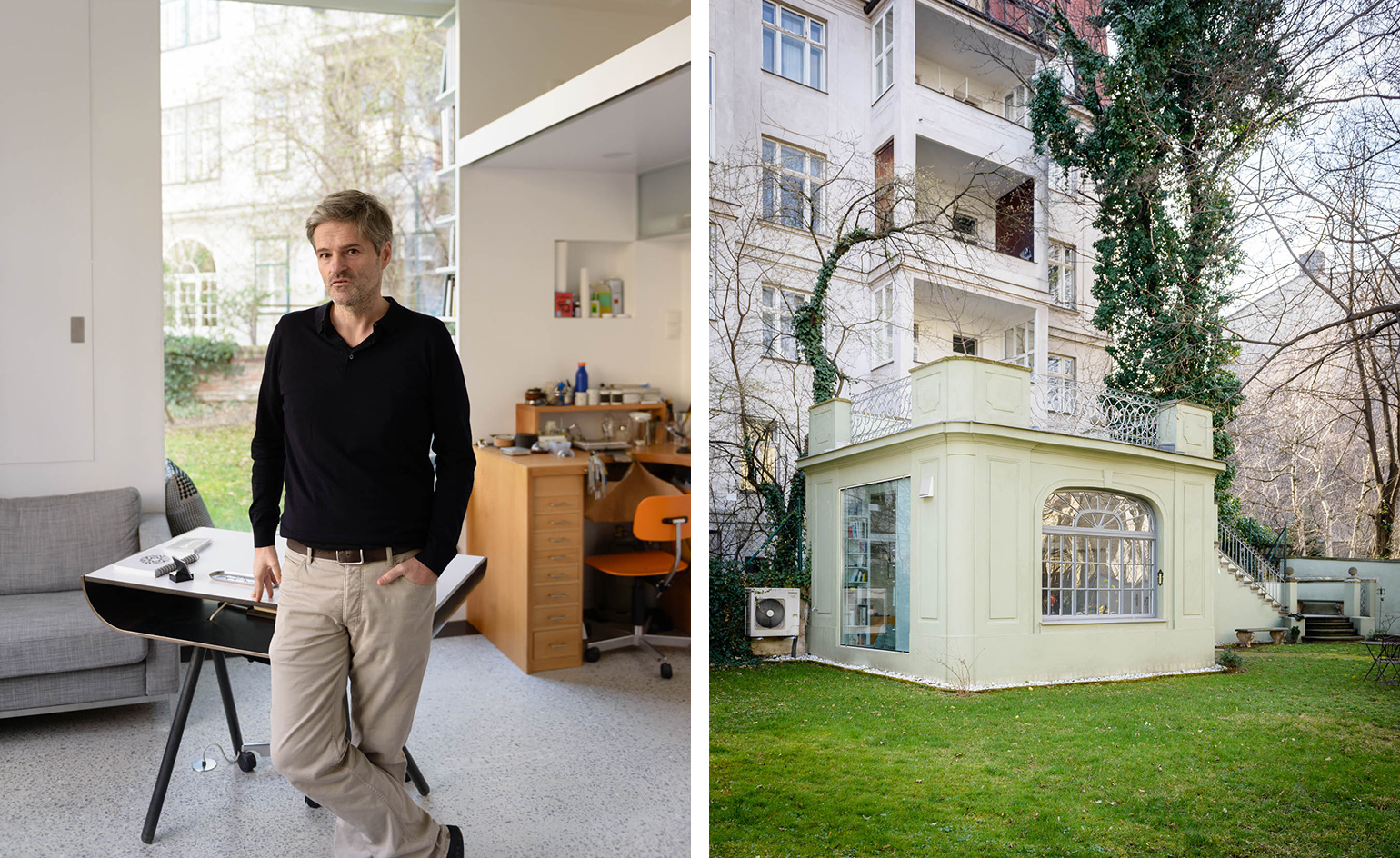
Austrian jeweller and goldsmith Thomas Hauser founded his own brand, Atelier Allure in 1989 in New York. Today he works in Vienna from a tiny art nouveau garden studio. In 2013, he won a Red Dot Design Award for a series of rings made using Noble Concrete, a fabric he developed with the Technical University of Vienna.
Now, he has cooked up a new mix, Niellium, and crafted a series of rings in blacker-than-black metal created without the need for coating or surface treatment. Intrigued by Hauser’s unique approach, Wallpaper* asked him to elaborate on his practice and process…
W*: Do you feel compelled, as a jeweller, to create new materials?
TH: I’m driven by the desire to fully realise both my craftsmanship and creative potential; an alchemist turns the impossible into the possible. This precious, original alloy marks the beginning of a creative process that results in raw material becoming transformed into an emotionally appealing object. Orchestrating the dialogue between various materials and forms is perhaps the source of my alchemistic approach.
It seems you have presented contemporary jewellery design with a new point of view…
The jewellery industry often separates design and fabrication. It focuses on designing an appearance or a 'look'. This can mean that aspects of craftsmanship, potential and even the aura of the material take a backseat. Very often a material’s strength is not the origin of a creative solution. When form and material establish a unity, the distinctive feature of such a piece of jewellery is defined by the interplay between them. I’m excited by that symbiosis.
How did you get the mix right? The process sounds challenging.
The genesis of the alloy began about 30 years ago [and] I discovered it in a Paris atelier about ten years ago. Having intensely analysed it over the past five years, I know the advantages and disadvantages of the alloy and how I can creatively bring it to life. I know what it likes and what it does not appreciate too much. It suggests its own particular surfaces and curves and colour variations in the black. Depending on the state of the metal surface, I can also vary the shades of grey. These are fascinating opportunities for creative play.
What’s the most important thing you have discovered?
Even for basic operations such as polishing I had to find new pastes, polishing speeds and polishing tools. Thinking of a barber who hones his razor on a leather strap gave me the idea for the right polishing method; I discovered a polishing paste that gives the right amount of shine in an auto repair workshop. The method for texturing surfaces also had to be created from scratch and I had to invent new stone setting techniques. Most of the basic goldsmithing techniques had to be reinvented from scratch. The effect would be completely different if they were designed in gold or platinum.
Tell us more about the new 'Choreutai' collection of rings.
The shapes of the 12 'Choreutai' pieces are defined by the characteristics of the material and are made specifically for it. Each is composed out of one single basic form, in narrow and wide varieties, as a result of the metal being sanded and polished. Geometrical landscapes emerge from the diverse facets. I’m fascinated by applying traditional craft manufacturing techniques to create jewellery that expresses a new contemporary design vocabulary.
As originally featured in the June 2016 issue of Wallpaper* (W*207)
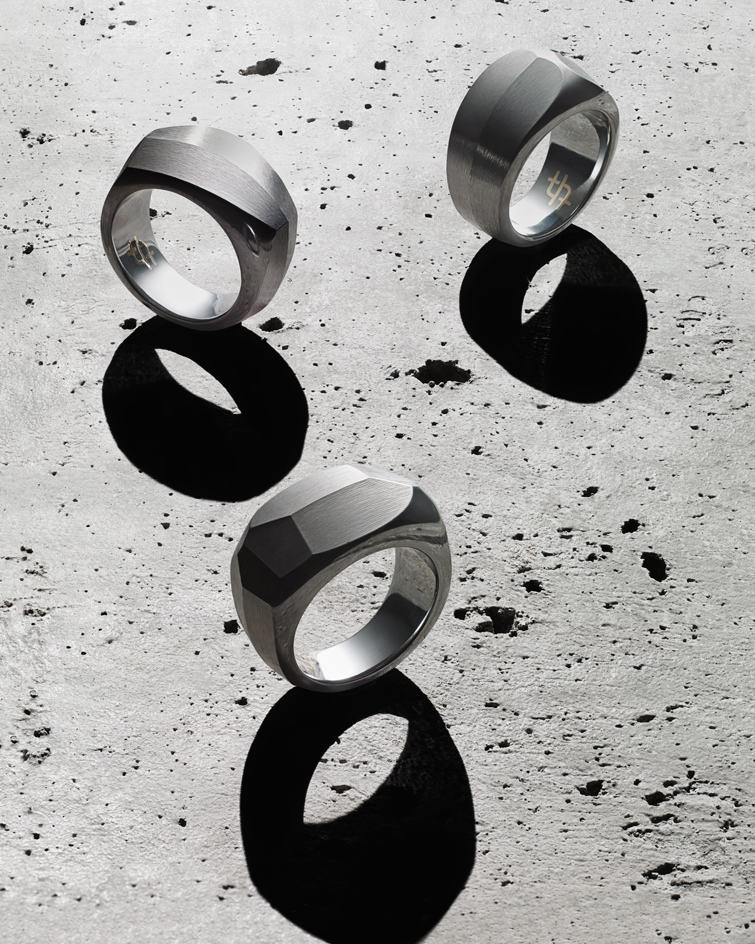
Hauser's new 'Choreutai' rings are crafted from Niellium a black alloy composed of platinum, palladium and silver
INFORMATION
For more information, visit Thomas Hauser's website
Photography: Lukas Schaller. Still life: Andy Barter
Receive our daily digest of inspiration, escapism and design stories from around the world direct to your inbox.
Caragh McKay is a contributing editor at Wallpaper* and was watches & jewellery director at the magazine between 2011 and 2019. Caragh’s current remit is cross-cultural and her recent stories include the curious tale of how Muhammad Ali met his poetic match in Robert Burns and how a Martin Scorsese Martin film revived a forgotten Osage art.
-
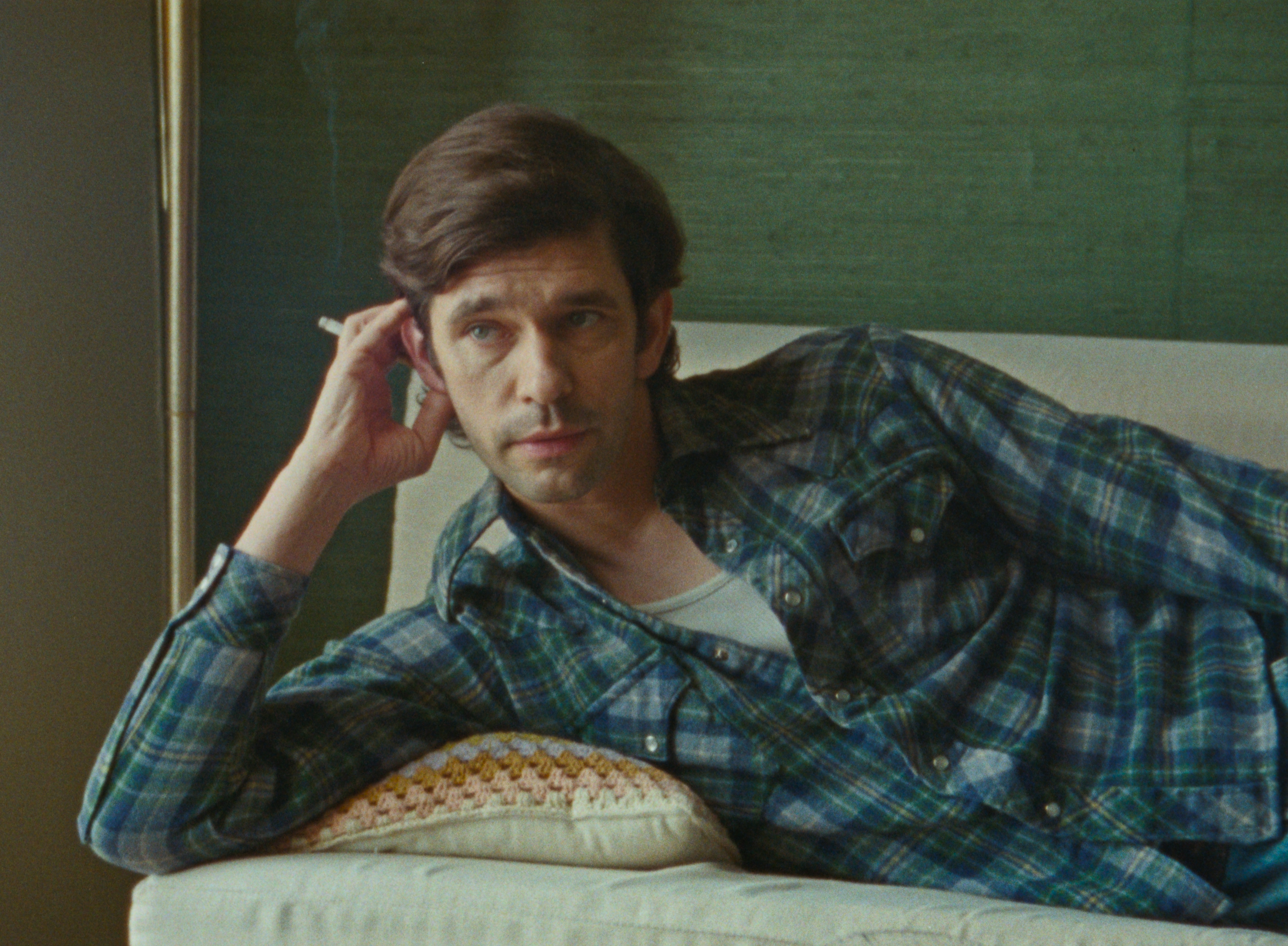 Can the film 'Peter Hujar's Day' capture the essence of the elusive artist?
Can the film 'Peter Hujar's Day' capture the essence of the elusive artist?Filmmaker Ira Sachs and actor Ben Whishaw bring Peter Hujar back to the front of the cultural consciousness
-
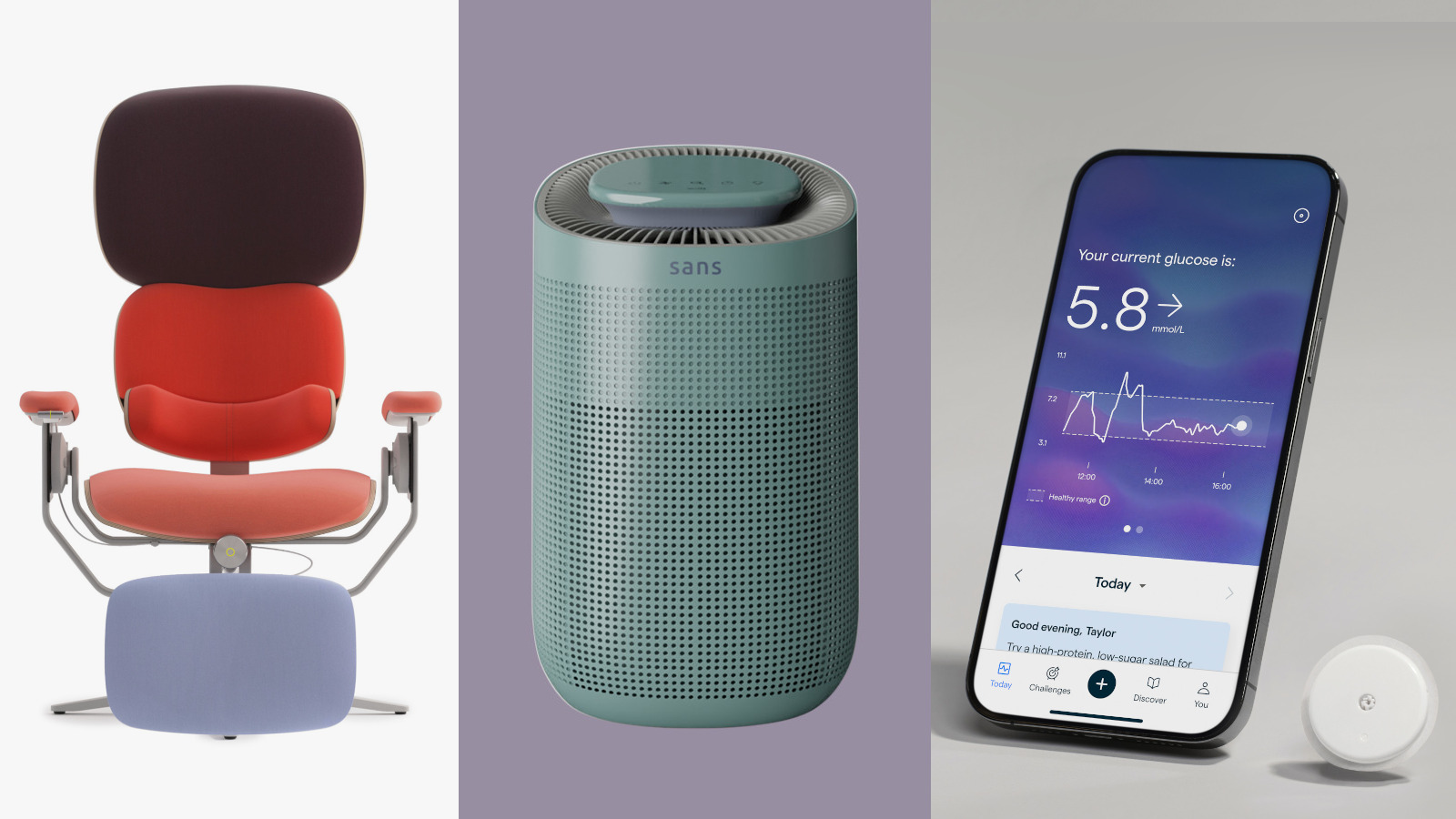 New tech dedicated to home health, personal wellness and mapping your metrics
New tech dedicated to home health, personal wellness and mapping your metricsWe round up the latest offerings in the smart health scene, from trackers for every conceivable metric from sugar to sleep, through to therapeutic furniture and ultra intelligent toothbrushes
-
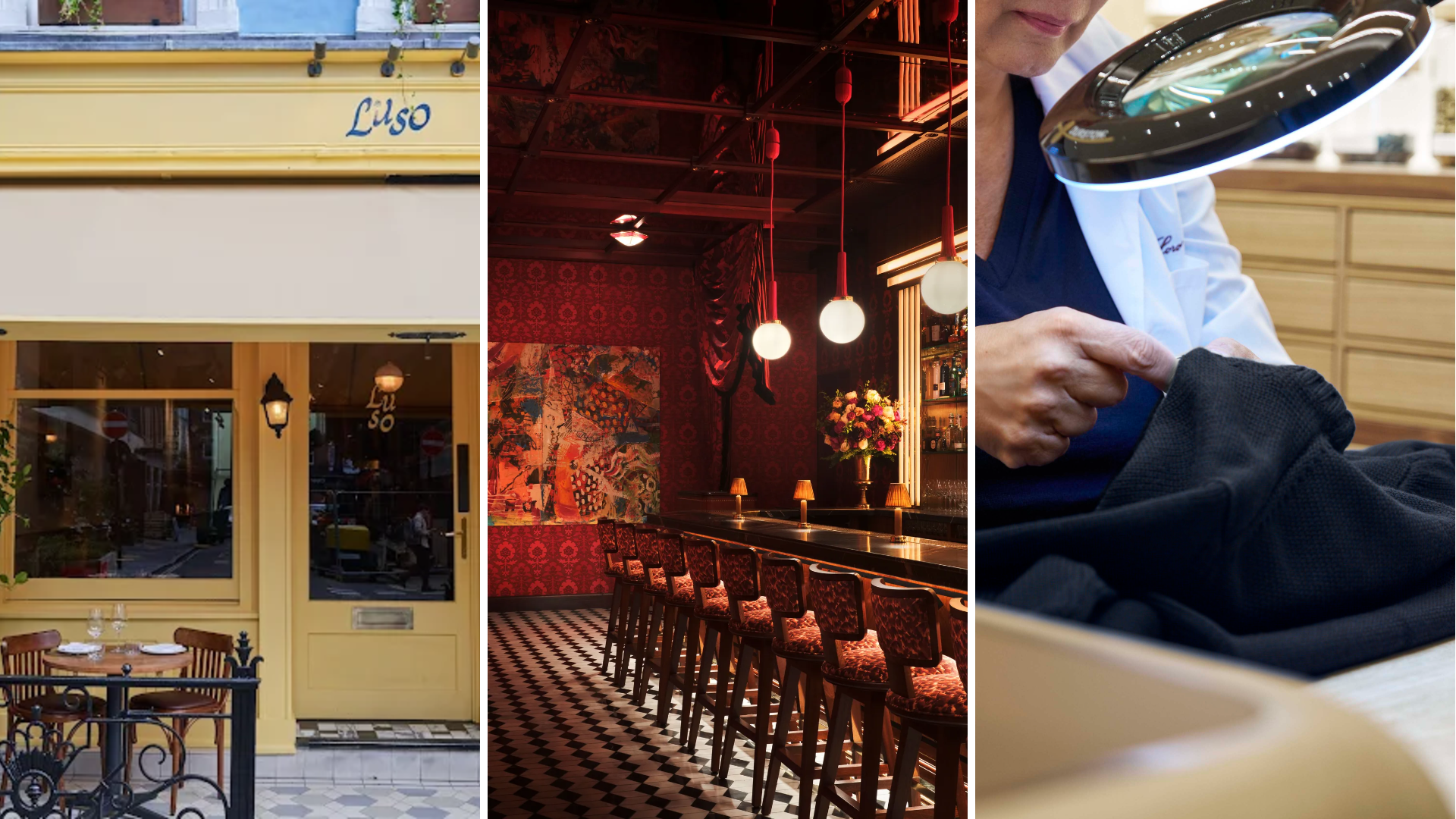 Out of office: The Wallpaper* editors’ picks of the week
Out of office: The Wallpaper* editors’ picks of the week'Tis the season for eating and drinking, and the Wallpaper* team embraced it wholeheartedly this week. Elsewhere: the best spot in Milan for clothing repairs and outdoor swimming in December
-
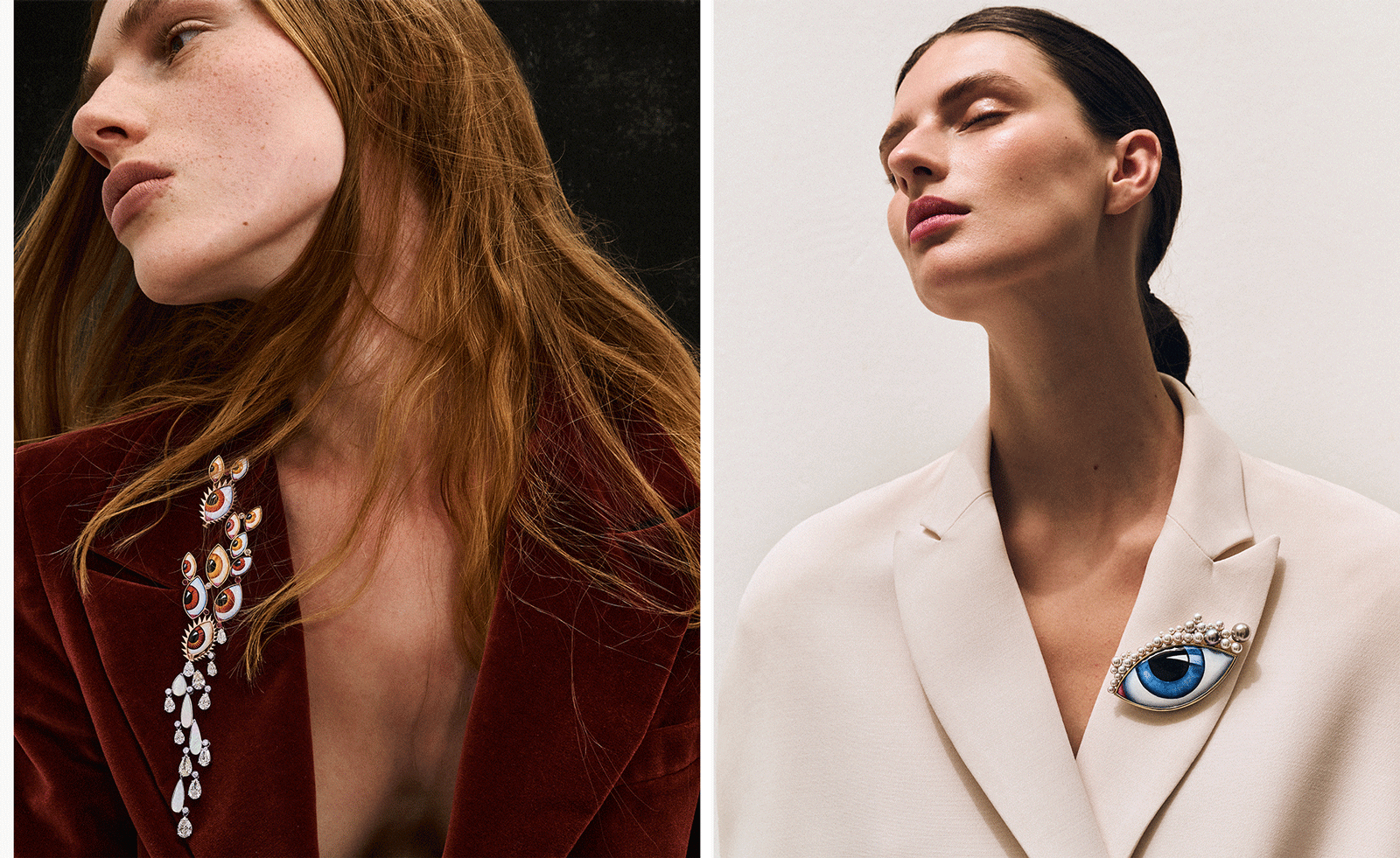 All eyes on Greek jewellery brand Lito as it launches bold new amulets to mark its 25 years
All eyes on Greek jewellery brand Lito as it launches bold new amulets to mark its 25 yearsStriking amulets, seductive stones and secret messages characterise Lito's striking new anniversary collection, an extension of its ‘Tu es Partout’ series
-
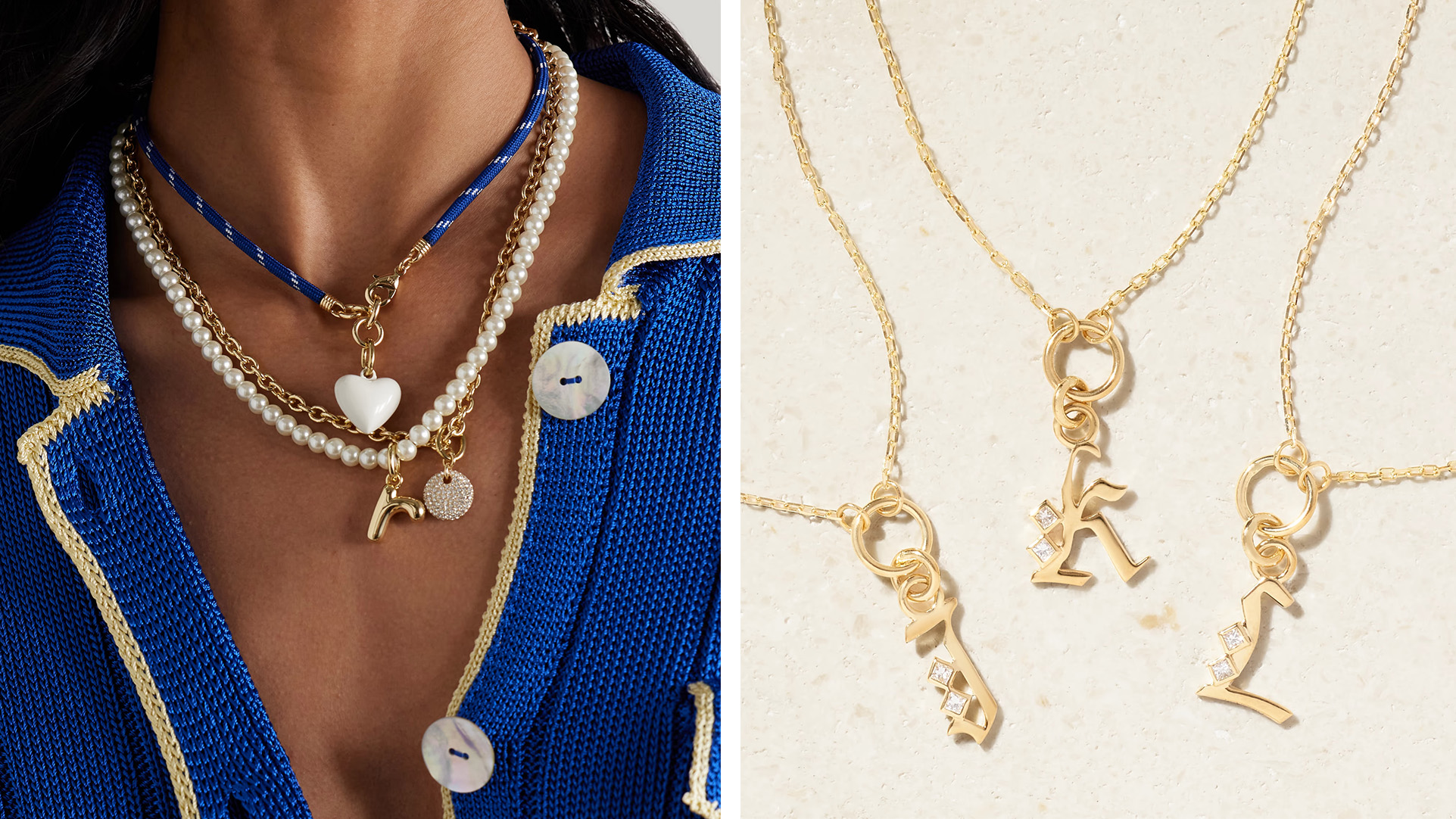 The best layering necklaces for an elevated yet casual look
The best layering necklaces for an elevated yet casual lookHow to mix, match and stack jewellery for the ultimate high-energy, low-effort style
-
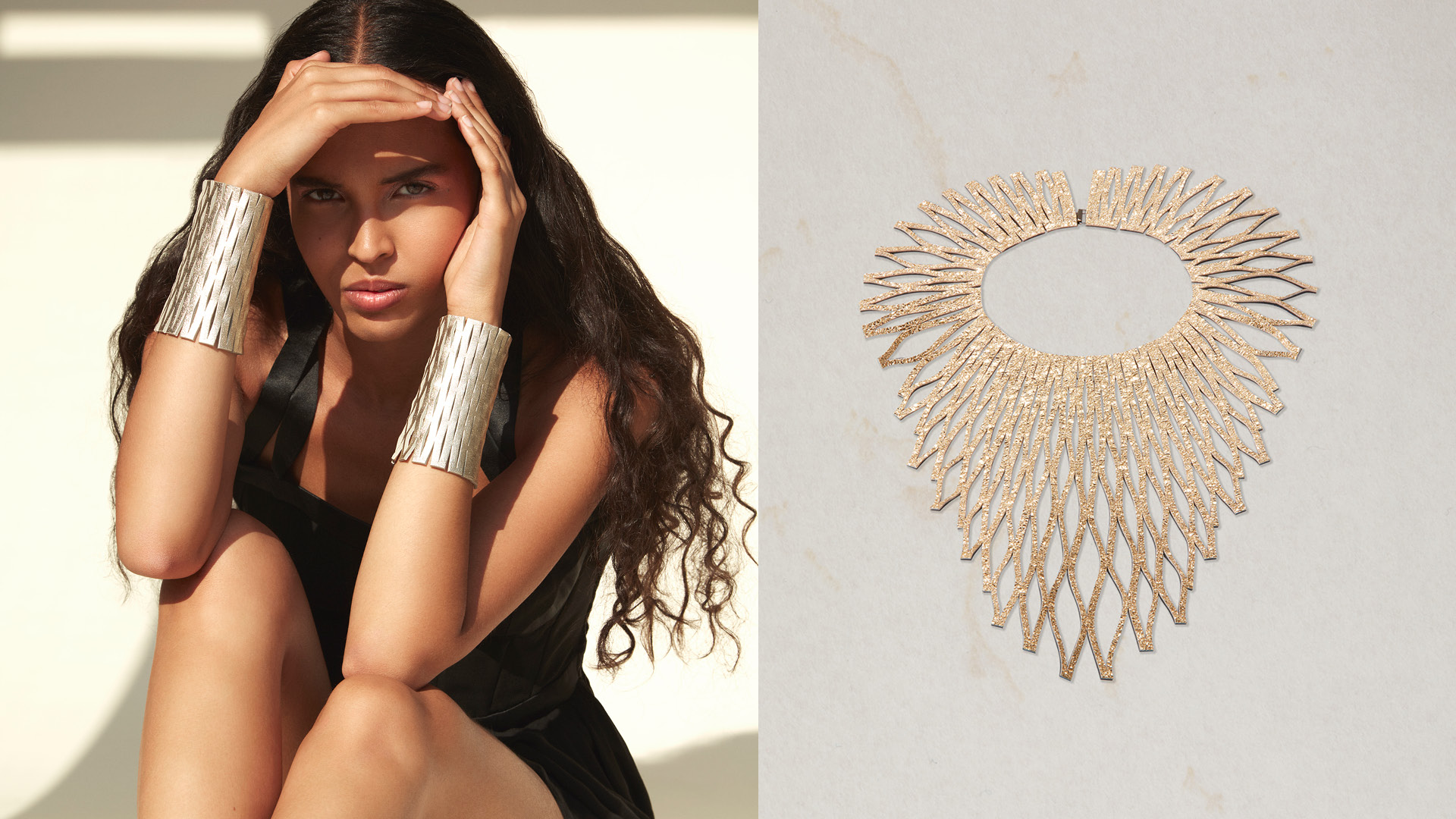 Late summer jewels: what to wear at Golden Hour
Late summer jewels: what to wear at Golden HourLate summer signals a jewellery style-shift. These independent designers have got it covered
-
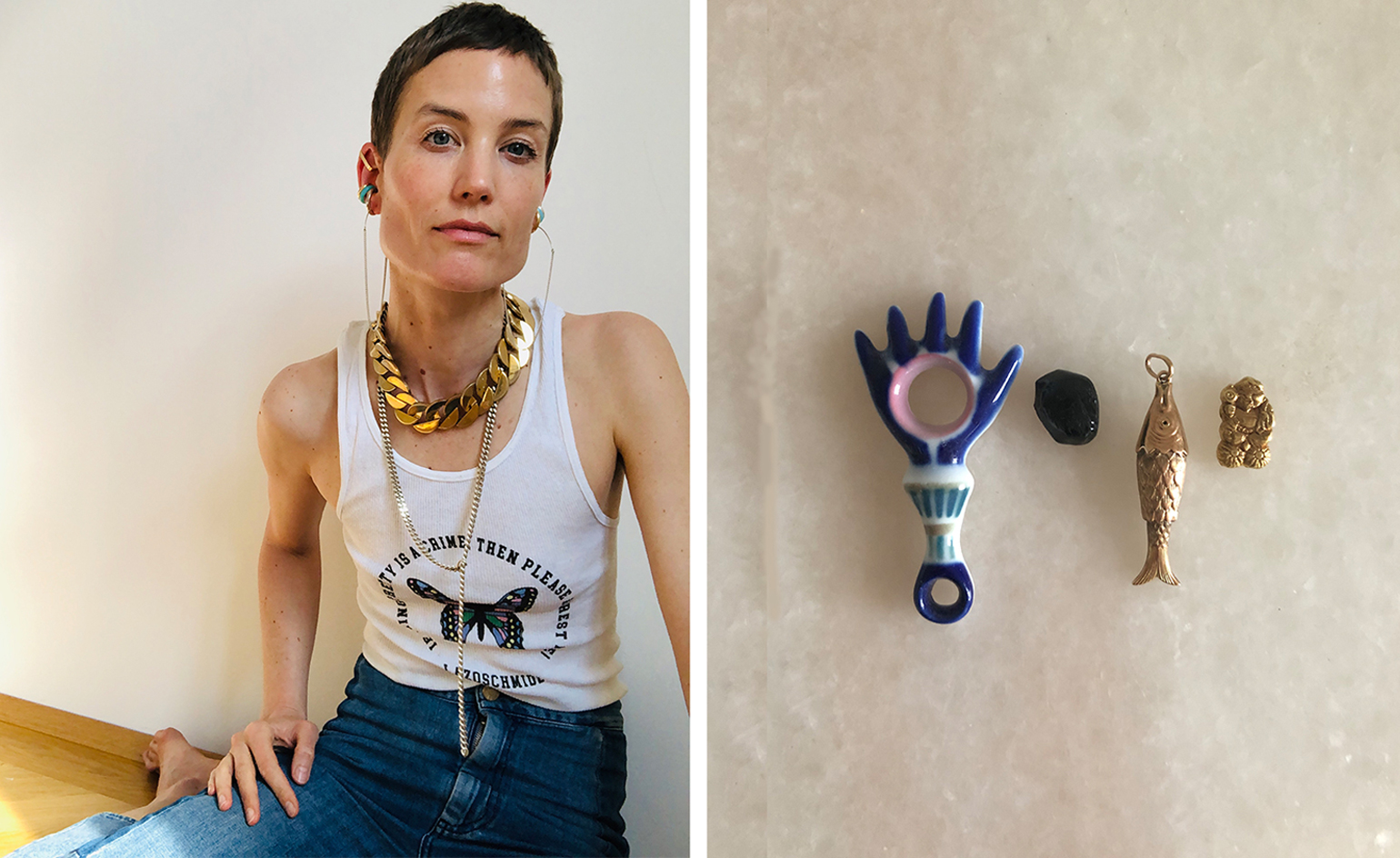 Jewellery designers share their most precious personal pieces
Jewellery designers share their most precious personal piecesA host of jewellers give us a peek at the jewellery which brings them joy and solace
-
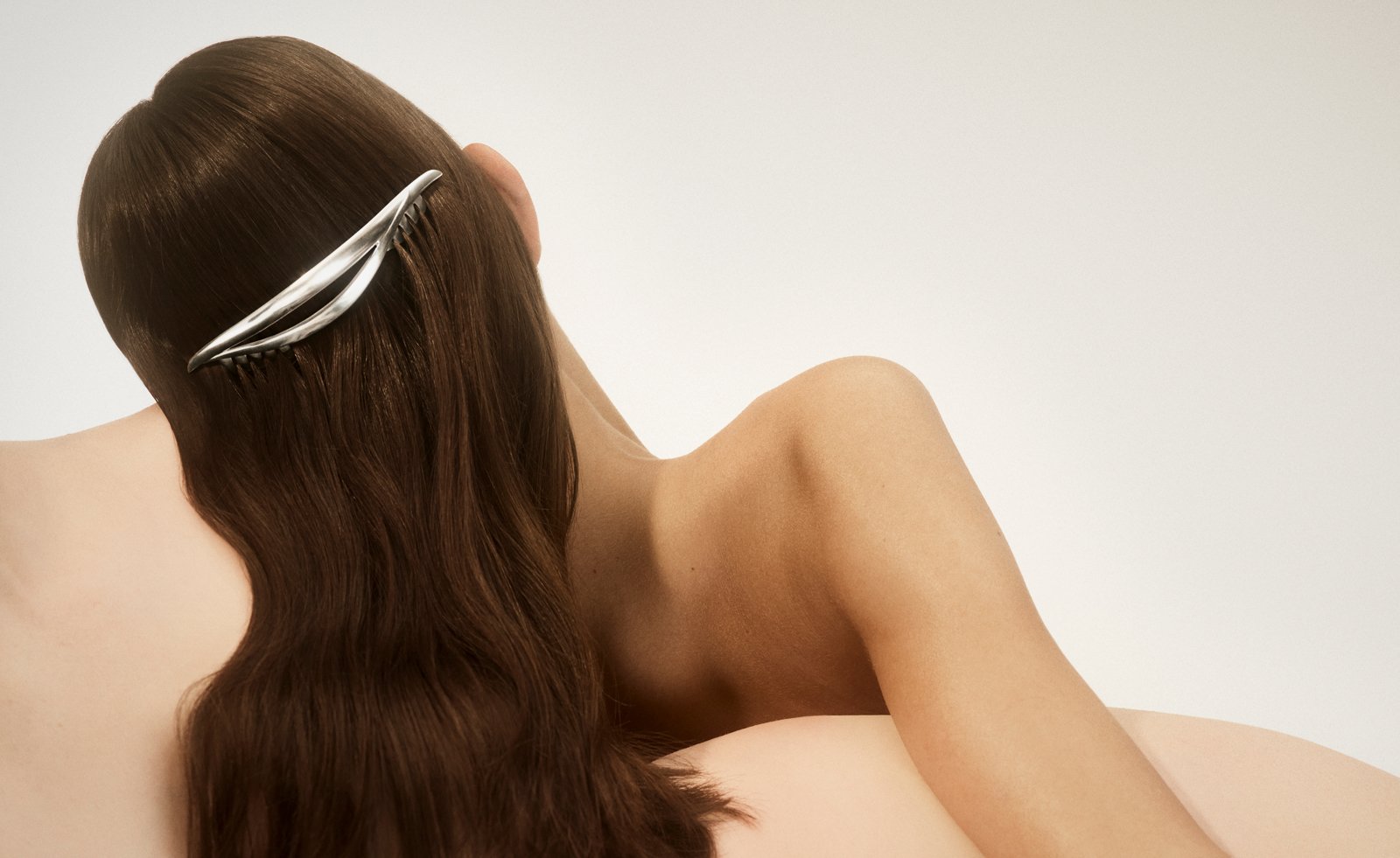 Hair jewellery to covet and collect
Hair jewellery to covet and collectToday’s hair jewellery is both practical and pretty. We're pinning our hopes on these simple and elegant accessories
-
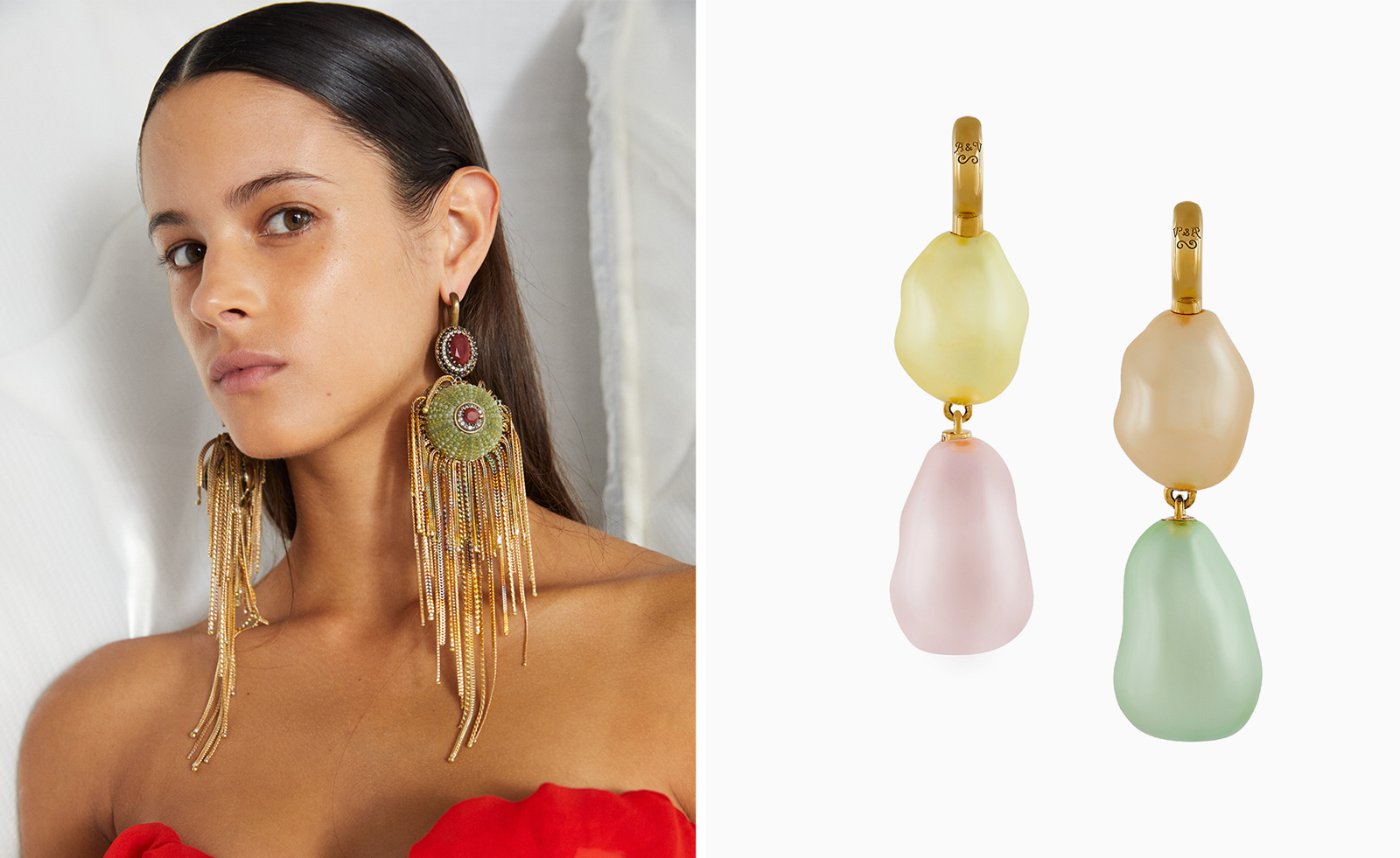 Andreas Kronthaler’s costume jewellery for Vivienne Westwood is fun, flirty and fabulous
Andreas Kronthaler’s costume jewellery for Vivienne Westwood is fun, flirty and fabulousAndreas Kronthaler’s new jewellery draws on romantic and theatrical motifs
-
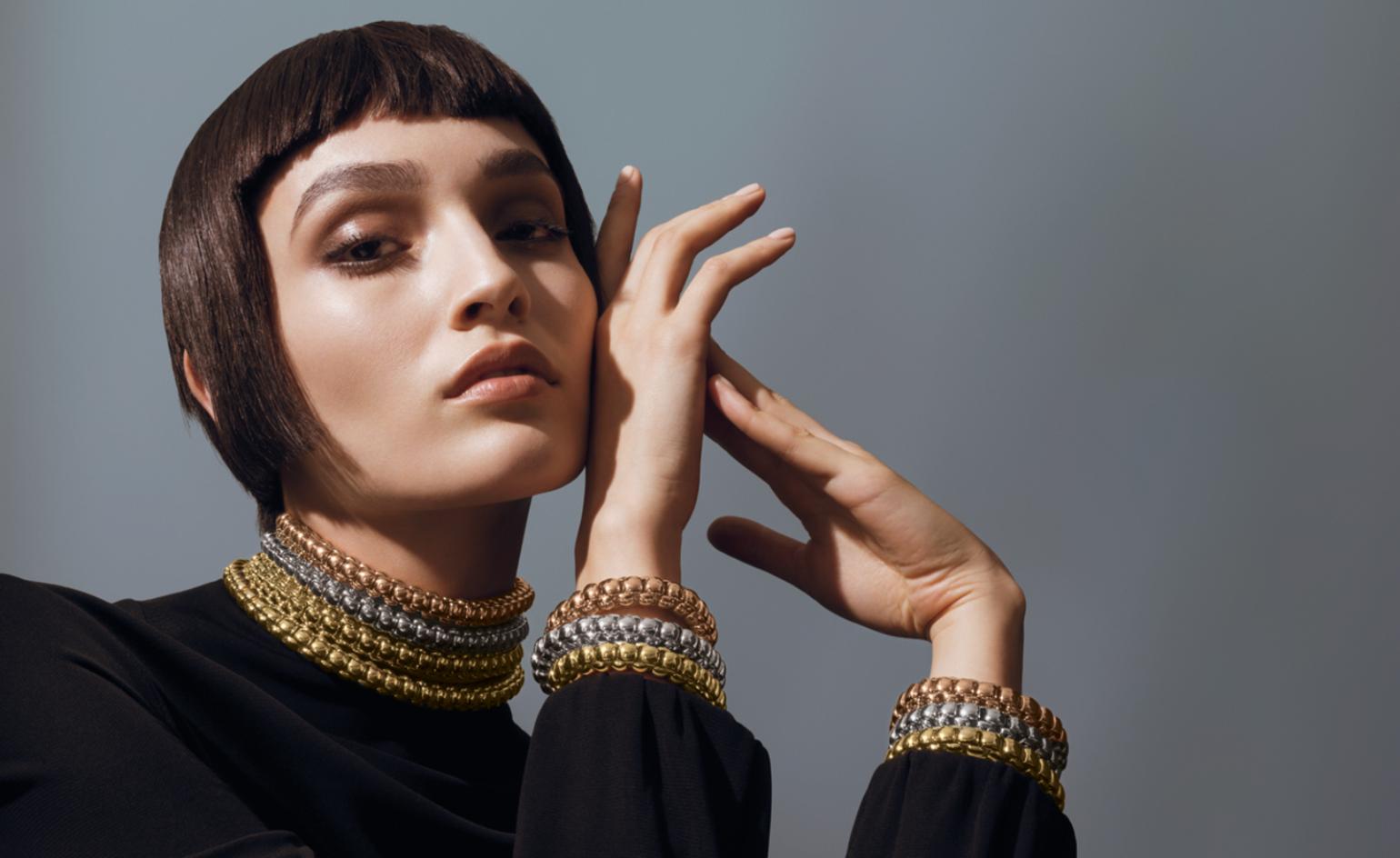 Fope’s flexible gold chains rethink a classic design
Fope’s flexible gold chains rethink a classic designElasticity meets elegance in Fope’s new jewellery collection, ‘Luna’
-
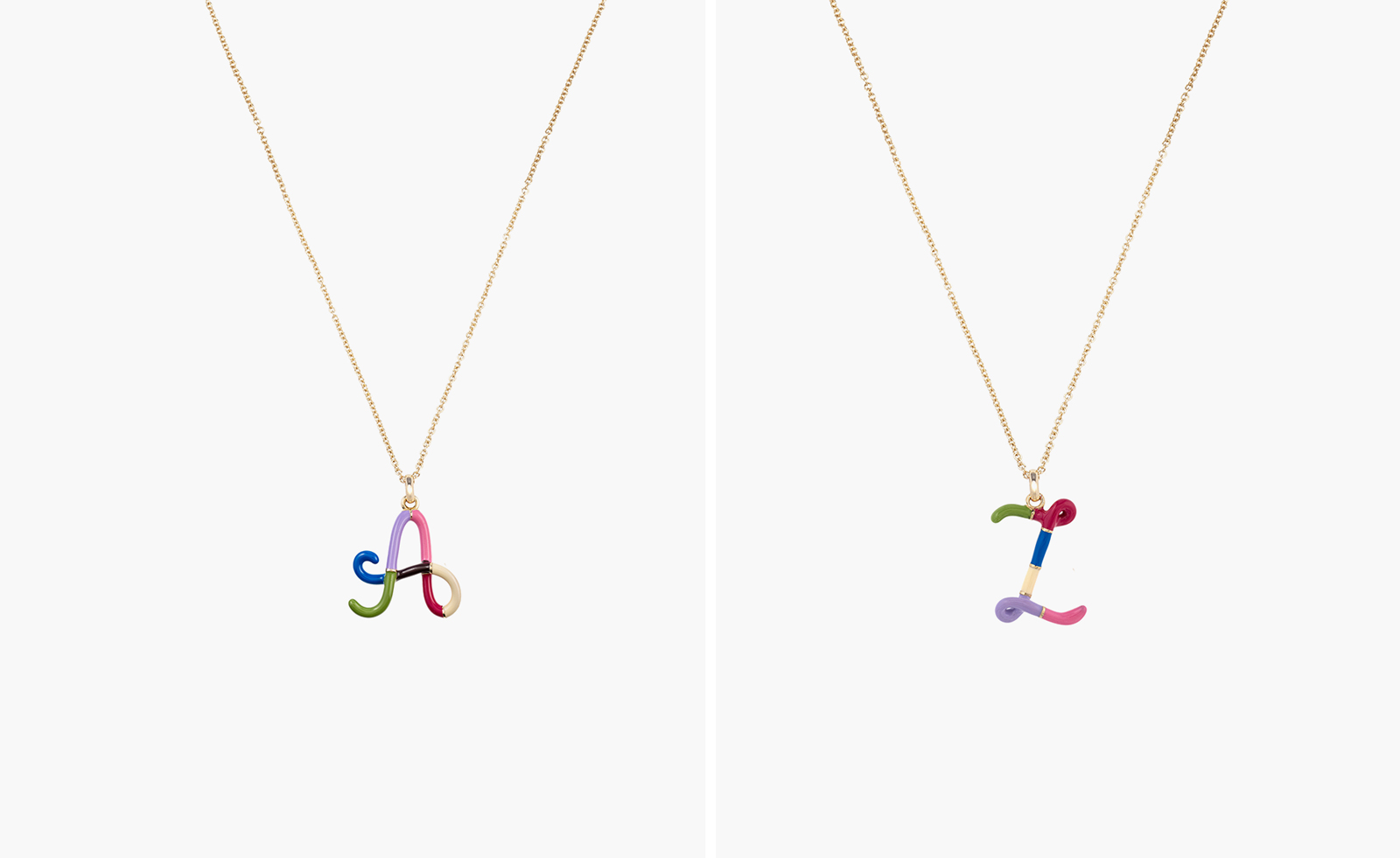 Get personal with Bea Bongiasca’s colourful initial necklaces in enamel
Get personal with Bea Bongiasca’s colourful initial necklaces in enamelBea Bongiasca’s ‘B Colour’ collection of initial necklaces brings a chic modernity to personalised jewellery